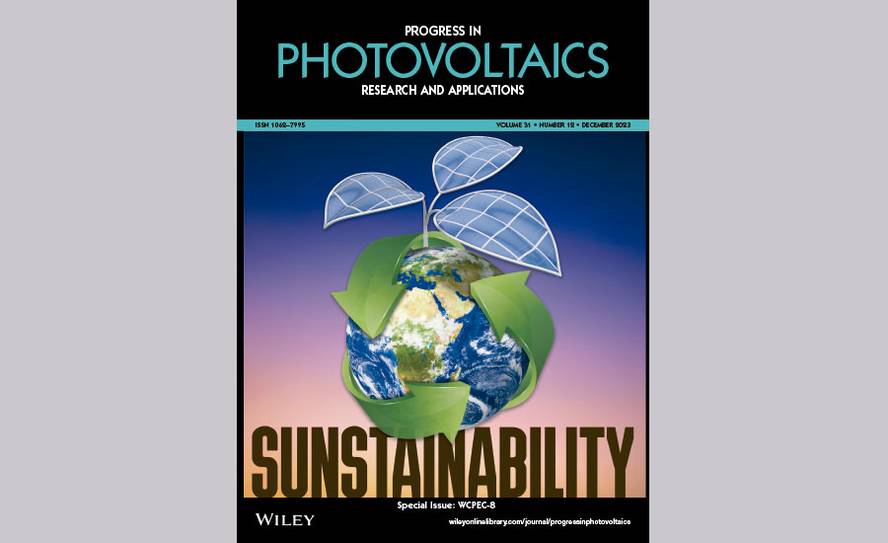Anticipate how the shortage of certain minerals will affect PV cell production

A study conducted at the Public University of Navarra analyzes the environmental impact of photovoltaic energy. Furthermore, it is planned how the shortage of some minerals will affect the production of the PV cell and what the greatest risks are. Progress in Photovoltaics: The study has been published in the journal Research and Applications and has been published.
According to the study, the impact of PV energy is much lower than that of equivalent electricity produced by fossil fuels. All the categories analysed have reached this conclusion.
Concerning the minerals used in the production of photovoltaic cells, it is clear that crystalline silicon based technology has few risks. In fact, the only risk is to use silver in contacts, but since they are being replaced by tin or copper based alloys, this risk is being reduced. Conversely, those based on Cadmium Telluride (CDTE) or Calcopyrites (CIGS) have more problems due to low production of Indians, Gallium or Telluride.
Finally, the biggest challenge of PV technology for the future has been identified: to improve the recycling processes of the modules to be able to manufacture new modules with materials recovered from the modules that have reached the end of their service life.





